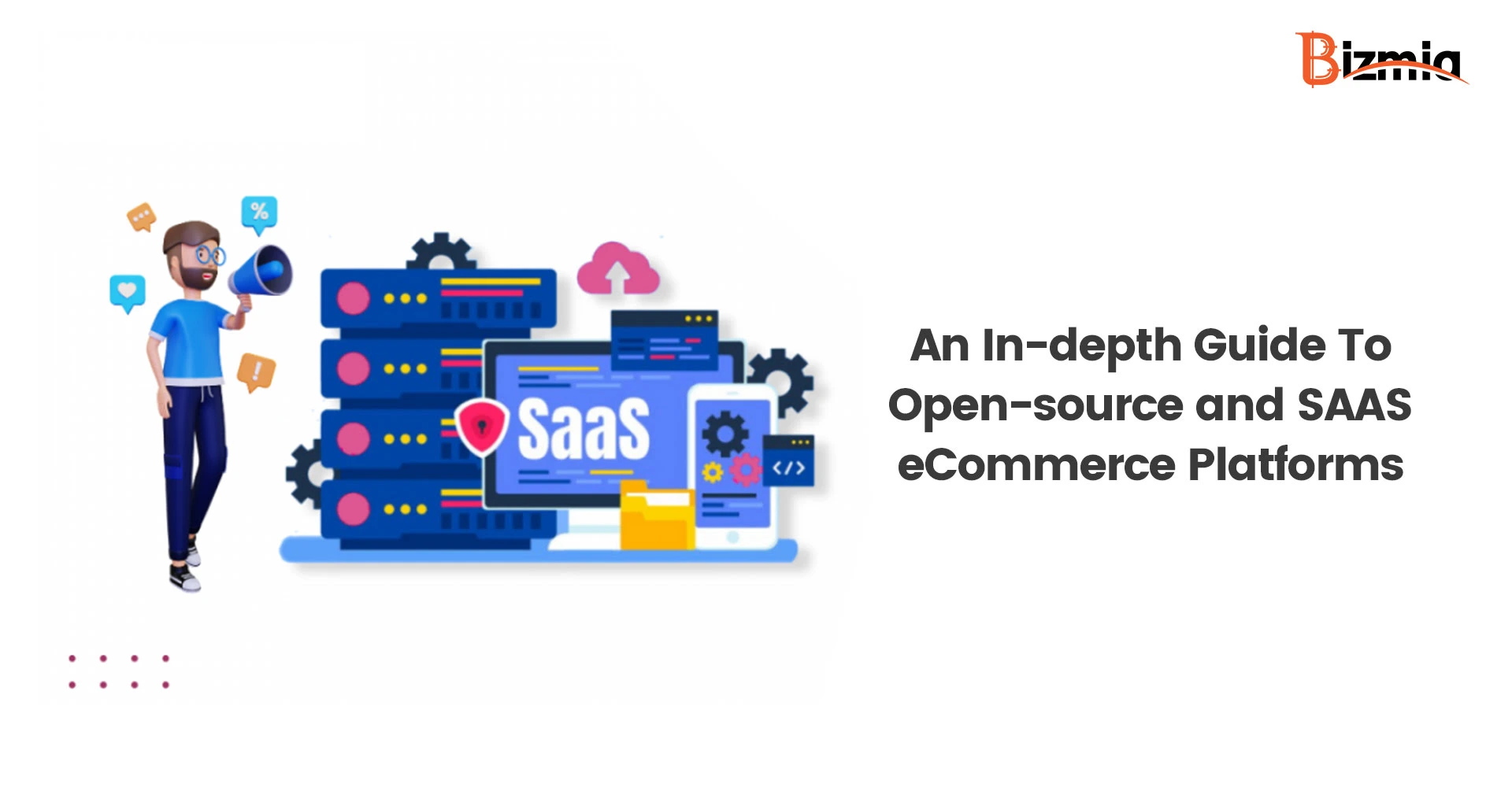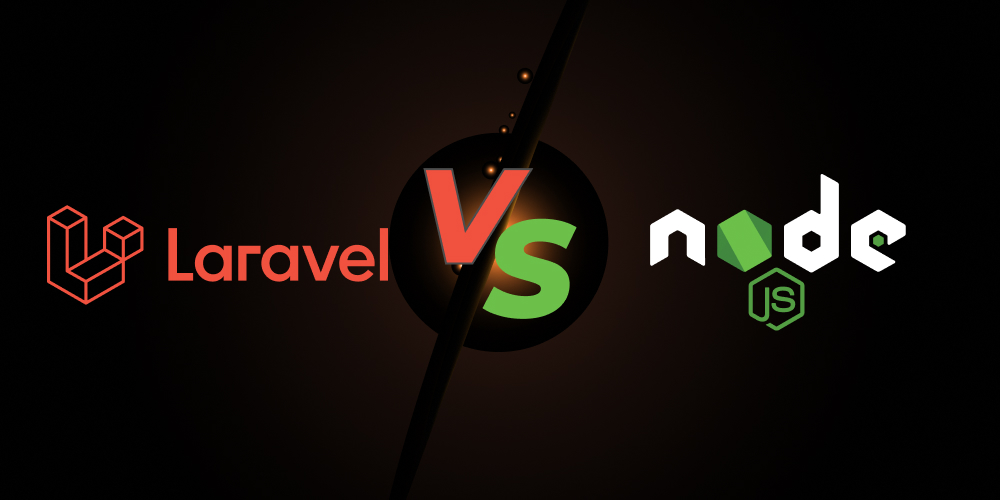When it comes to starting an eCommerce business, there are numerous options available, and it can be overwhelming to know which one is best for your particular situation. In this post, we’ll discuss the differences between open-source and SaaS (software as a service) for eCommerce platforms and why you should consider these options for your business. We’ll help you discover the mystery of both eCommerce options and help you decide which is the right choice for your business.
We’ll dive into the detailed differences between open-source and SaaS, the advantages and disadvantages of each, and which one is best for your particular business and needs. Once you understand the differences, you can make a well-informed decision.
Table Of Content
- What is an Open-source eCommerce Platform?
- Definition
- Popular Examples
- What is a SaaS eCommerce Platform?
- Definition
- Advantages
- Comparing Open-source and SaaS eCommerce Platforms
- Total Cost of Ownership
- Features
- Customization
- Security and Reliability
- Making the Decision
- Business Needs
- Team Expertise
- Future Growth Potential
- Conclusion
What is an Open-source eCommerce Platform?
Definition
Open-source eCommerce involves purchasing the software license of a platform or application, such as PrestaShop or Magento. It can then be installed on a web server or cloud hosting platform and customized to your exact specifications.
Popular Examples
Popular examples of open-source eCommerce include PrestaShop and Magento Community Edition.
What is a SaaS eCommerce Platform?
Definition
SaaS eCommerce, often known as “cloud computing, ” refers to hosted software solutions provided by third-party vendors over the internet. Consequently, these platforms are accessible from any internet-connected device, allowing you to operate from anywhere at any time.
Advantages
The primary advantage of SaaS eCommerce is that it takes most of the technical setup out of the equation. Additionally, many SaaS platforms offer monthly subscription plans for more budget-conscious businesses.
They also include ongoing maintenance and 24/7 technical support with their plans at no additional cost.
Comparing Open-source and SaaS eCommerce Platforms
Total Cost of Ownership
The total cost of ownership (TCO) is one major difference between open-source and SaaS eCommerce platforms. Open-source platforms require a one-time fee (typically around $100 – $500), while SaaS platforms typically involve a monthly subscription fee (usually around $50 to $100).
In addition, open-source platforms require additional costs for hosting and support, while most SaaS solutions include this in their monthly fee, making them more cost-effective in the long run.
Features
Another difference between open-source and SaaS eCommerce is their features: open-source platforms usually offer more features than their SaaS counterparts, making them better suited for larger stores with complex needs.
However, some SaaS platforms now offer robust feature sets comparable to open-source solutions, making them suitable for more demanding websites.
Customization
Open-source platforms offer greater customization capabilities than SaaS platforms, allowing you to get every aspect of your site right for your customers’ needs and preferences.
However, some newer SaaS platforms also offer customizable themes, allowing you to create a unique look for your store without writing code or hiring developers.
Security and Reliability
Regarding security and reliability, open-source offers no guarantees since no one maintains the platform but you. However, most modern SaaS solutions have built-in security measures to protect your data and ensure uptime reliability at all times.
Making the Decision
Business Needs
When deciding which platform best suits your business needs, consider how big your store will be, what kind of features you’ll need (customizable themes, payment options, etc.), and how much time and money you can invest in the project initially and over time.
Team Expertise
Your team’s expertise is also key when making this decision. If your team prefers coding from scratch and has enough experience to keep up with updates and security patches, then an open-source solution might work best for you.
However, if your team doesn’t have coding experience or enough resources to dedicate to maintenance and upkeep, then a SaaS solution would be better suited for your project needs.
Future Growth Potential
Finally, consider how quickly you expect your store to grow: if there is potential for rapid growth in the future, then a scalable solution like an open-source one could work best.
However, if growth is slower, a reliable off-the-shelf solution like SaaS could be more cost-effective in the long run.
Conclusion
In conclusion, open-source and SaaS are two essential platforms for eCommerce businesses. Open-source offers cost savings, enhanced customization capabilities, and access to a larger community of developers. SaaS offers scalability, cost savings, and secure data storage. However, each option has limitations, such as limited accessibility or geographical restrictions.
Ultimately, the right eCommerce platform for your business will depend on your specific needs and goals. To ensure you get the best possible choice for your business, Bizmia is here to help you out!












